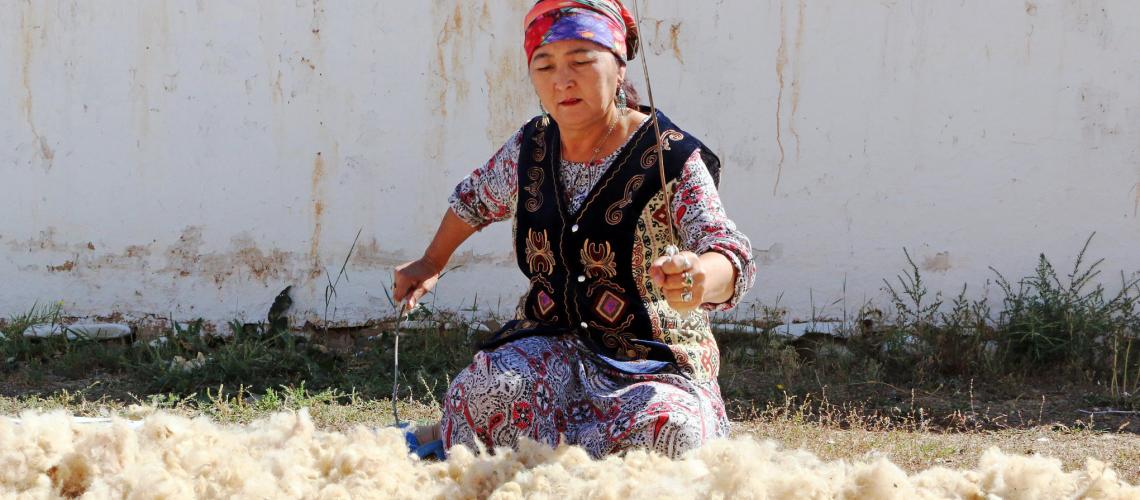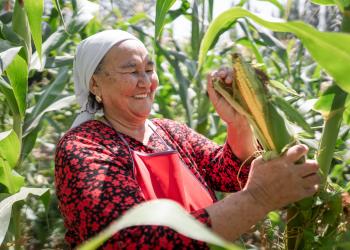
In 2020, the Government mobilized the multi-disciplinary expertise of the CADRI Partnership to support a diagnosis of the disaster risk reduction system. A CADRI inter-agency scoping mission defined the scope, thematic focus, and identified priority sectors: agriculture and food security, environment and water resource management, health, social protection, WASH, education, infrastructure and tourism.
The capacity diagnosis, held in 2022, brought together expertise from FAO, OCHA/UNDAC, UNDP, UNFPA, UNICEF, and WHO. It informed the update of the National Concept of Comprehensive Protection of the Population and Territories Against Emergencies (2018–2030) and the development of its 2023–2026 action plan. The process strengthened coordination between ministries and development partners, enhanced investment in risk-informed programming by agencies such as WFP and UNICEF, and embedded recommendations in the UNSDCF. CADRI’s joint approach was widely recognized for building resilience “from the ground up” and providing a clearer roadmap for multi-sectoral risk reduction.
 RUSSIAN
RUSSIANKyrgyz Republic Capacity Diagnosis Report
30 Nov 2022
